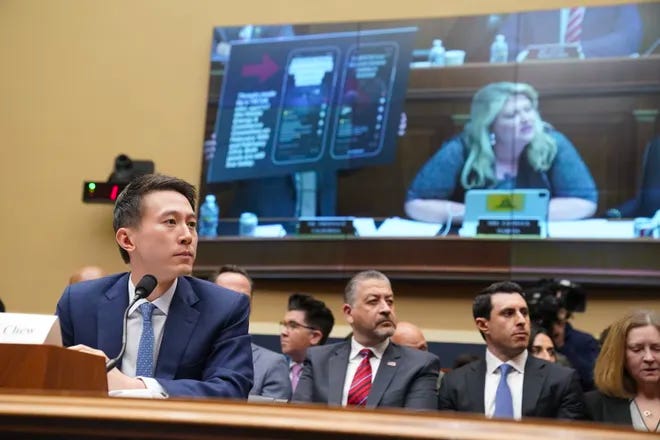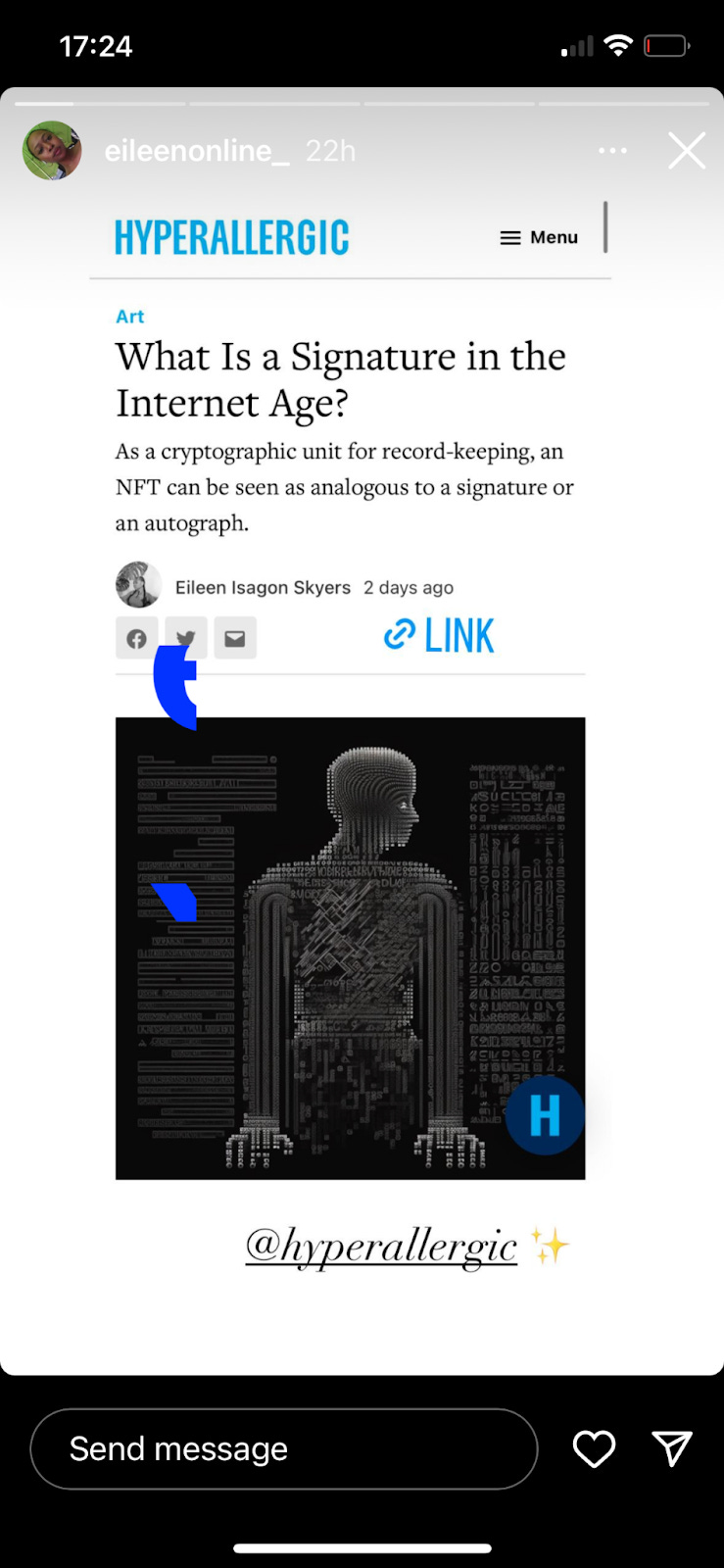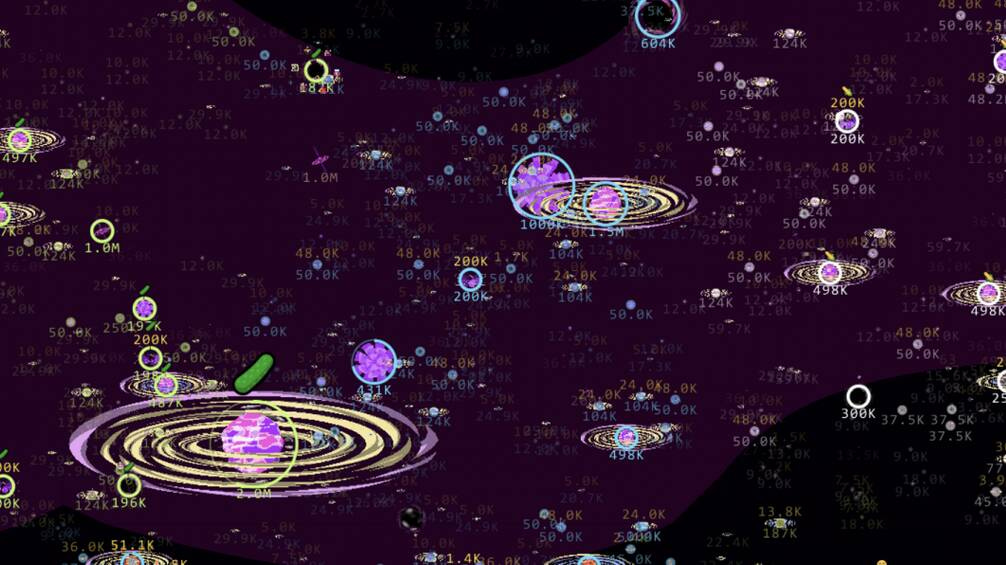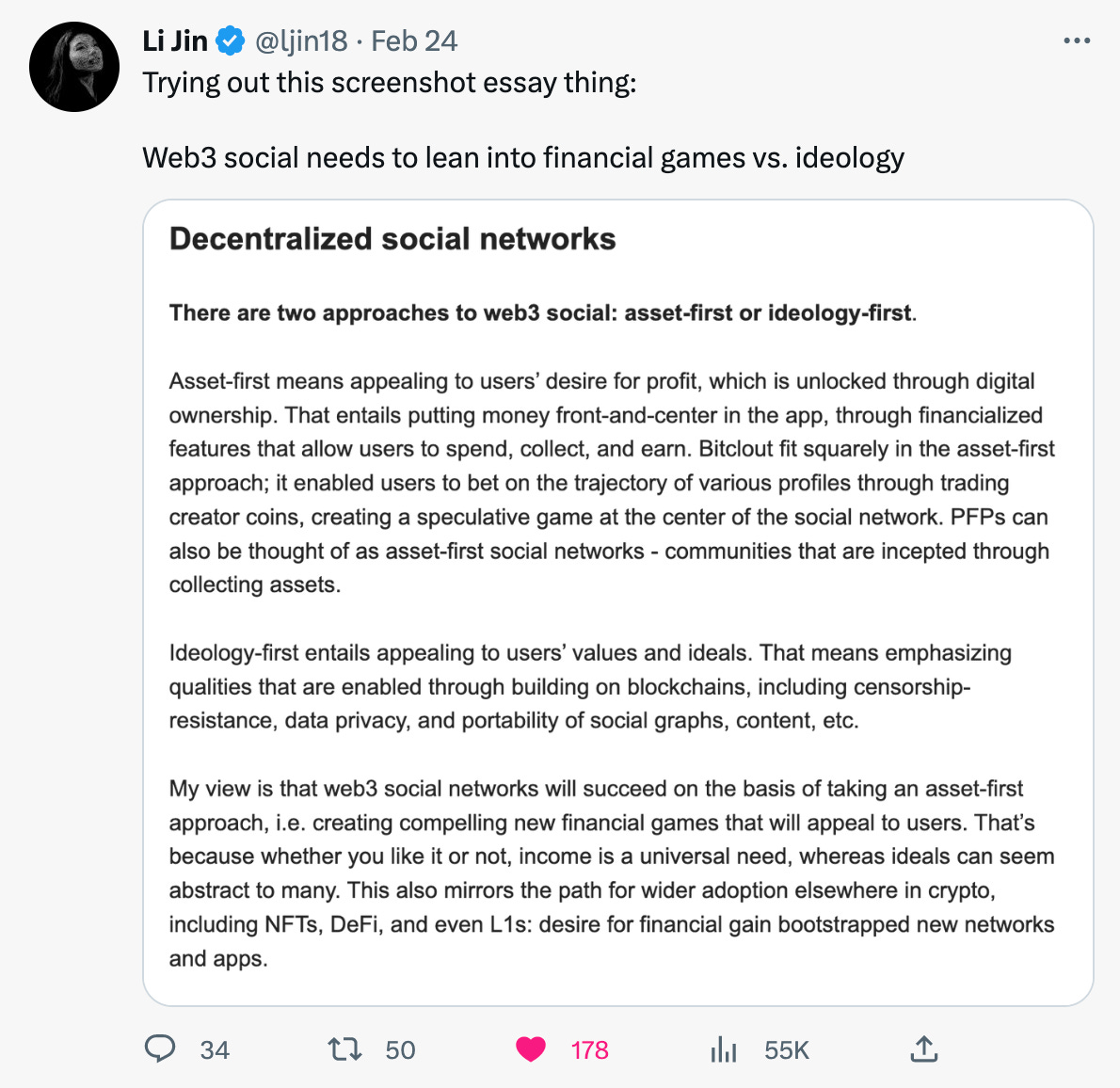Communication is probably the most fundamental aspect of human interaction.
The ways and mediums we use to communicate with each other are subject to constant evolution shaped by the technological frameworks that define our everyday lives. As more and more integral aspects of our society have shifted towards virtual, screen-based spaces, so did communication. We’ve entered,”[...] the maturation phase of mobile-handheld computing.”1 The widespread adoption of mobile devices has revolutionized the means by which we stay connected, enabling us to communicate at any time from any location.
As the social media theorist Nathan Jurgenson says: “To understand our social world today means understanding the ubiquity of digital communications and social media, and this media is deeply constituted by the images we make and share.”
Since we consume an ever-increasing amount of screen-immanent content, screenshots have emerged as a new element of modern digital culture, being prevalent as a means to reference digital content within and across various platforms. Yet, despite its constant presence and increasing popularity, screenshots as a standalone medium have remained fairly unnoticed as a subject and outcome of social practices.
We’ve experienced so many different dimensions of communication: text, photographs, disappearing photographs, videos, reels, … will screenshots be the next big element in social media’s periodic system?
Screen Images vs. Traditional Images
At first glance, screenshots do not appear to be particularly different from photographs, as they are treated the same way in many aspects: When creating a screenshot, the clicking sound of a mechanical camera shutter is heard, and it is also classified as a digital photo by the device-specific archiving software.
However, it is essential to acknowledge the differences between these two digital documents in order to understand their specific potential as a communicative medium.
What even is a screenshot?
Despite growing attention, the definition of screenshots remains a contested issue. Paul Frosh, whose work has been influential in shaping the contemporary field of media studies, conceives of screenshots as digital images that are generated internally within electronic devices like smartphones and computers.2 However, the discourse around the definition of screenshots has been largely overshadowed by the preoccupation with screenshots as a pure remediation of photography. This perspective tends to downplay technological differences between the various images that have been commonly understood and labeled as screenshots. To address this indistinctness, we need to differentiate between three terms: screen capture, photographic screen capture, and screenshot.
Screen capture is an umbrella term for any image that features a visual record of a screen, regardless of the tools and procedures used for its creation, while photographic screen capture refers to a photographic record of a screen, for example, a physical TV.
Screenshot specifically denotes a screen capture as a digital image file created within the same device as the one that displayed the original screen content. “Screenshot primarily denotes a screen capture as a digital image file created within the same device as the one that displayed the original screen contents.”
Technical & Conceptual Differences
Most of the technical and conceptual differences between screenshots and photographs are rooted in the process of taking and the types of data they contain.
When a user takes a regular photograph with their smartphone camera, the device captures the image using its camera sensor, which records light and color information to consequently create a digital photograph. This photograph is then stored as an image file on the device's storage or memory card.
In contrast, screenshots are generated by accessing the information from the so-called image storage of the device. This storage, a temporary memory location, contains the visual information that is displayed on the device at a given moment in time, as well as the commands to the device to decode this information as an image file. This is the reason why screenshots, if not edited afterward, often include additional metadata such as time or battery life - details that are usually not visible in digital photographs.
More than 10 years ago, Marc Andreessen popularized the phrase “software is eating the world”. He argued that software and computer technology are transforming and disrupting both the economy and society as a whole by becoming more and more integrated into every aspect of our lives. The evolution of digital photography follows this prediction very significantly. While a mere camera can only serve the end of making photographs, smartphones enabled us to take pictures as a means toward many other ends. Because it is specifically a smartphone’s software that allows digital photos to go beyond their historical limitations, social media theorist Nathan Jurgenson suggested the term software-assisted photography.3 With the increasing prevalence of screenshots in various contexts, we are actually about to enter a new era of purely software-rooted photography without any reliance on physical objects stimulating a camera lens.
Following this argumentation, these virtually encapsulated screenshots are actually a remediation of photography, a reinterpretation of one medium through another. In this sense, screenshots, being a new,” [...] mode of witnessing [...]”, both imitate and extend the concept of digital photography, repurposing it for new functions and contexts. They enable users to capture and share visual information from digital environments, while still maintaining some of the traditional aspects and purposes of photography.
Screenshots - A New Social Medium?
Do screenshots actually serve the same purposes as traditional photos? In order to answer this question, further exploration of the original functions of personal photography in its early days is necessary.
In her essay In Plato’s Cave, Susan Sontag, whose writing offers many thought-provoking perspectives on the ways in which we use photographs to understand and interact with our environment, writes about how taking photographs helps humans - in this specific example, tourists - to create a sense of personal identity and place in the world: “[...] They [...] take possession of space in which they are insecure.” According to Sontag, photographs are used as evidence and social certification of personal experiences.4
Times have changed since the early days of mobile cameras. Today, we are not only traveling around the globe. Instead, we’ve become tourists of virtual worlds, exploring a constantly growing universe of websites, applications, and new devices.
The internet, and with it the proliferation of digital social networks, has enabled humans to connect and communicate with each other across different geographies and time zones. At the same time, the ubiquity of personal connected devices, specifically smartphones, makes our experiences of these digital worlds more isolated and individualized.
Existing social platforms like Facebook or Instagram are mainly focused on sharing real-life experiences online - our digital encounterings stay disregarded.
Screenshots have enabled us to capture, store, and share our digital experiences with others, therefore contributing to a more interactive and less lonely internet.
New Possibilities Enabled by Screenshots
In his famous publication Software Takes Command, the media theorist Lev Manovich provides a compelling account of how contemporary software culture is characterized by a departure from the static document as the fundamental “atom” of cultural practice in favor of a turn towards dynamic performances. Even though the forms of fluidity and continuous transformation described by Manovich are by no means exclusive to the age of digital media, and certainly can be viewed critically, today’s algorithmically personalized, constantly changing digital platforms still require a new form of evidence and certification. Screenshots provide exactly this new mode of witnessing and communicative stability that is the prerequisite for the establishment, preservation, and coordination of social institutions and our everyday life in a screen-dominated world.
Being able to fix these moments of fluidity is relevant from two points of view: Firstly, screenshots are an increasingly powerful mode of witnessing in digital environments and already play a significant role in political and legal contexts.

The ease of representing, storing, and distributing what would otherwise be a fleeting on-screen moment also has social relevance. As we have migrated from text-based to preliminary image-based communication, the Pics or it didn’t happen principle dominated many aspects of our individual lives, from the breakfast we eat to the museums we visit - images make real what we’re experiencing. When social signifiers and status symbols are more and more found within screens, capturing these moments gains in importance, as Gaboury accurately puts it:
“Much as in vernacular photography, screenshots capture and fix a single moment in an otherwise dynamic landscape, [...] and have come to serve as arbiters for the veracity of computational actions. When words are not to be believed, screenshots may be offered up as proof. Or, to put it another way, Screenshots, or It Didn’t Happen.”5
Another previously mentioned characteristic of screenshots that makes them almost an expansion of normal photos are their inherent, and oftentimes directly visible metadata.
These can be data such as time zone or location, device-related information such as battery status and network connection, or platform-specific details such as likes.
The latter is particularly important as most websites and platforms we interact with are subject to algorithmic personalization and dynamism. Screenshots are more or less the only way to testify about our individual experiences with others.

In a constantly changing environment characterized by transience and ephemerality, screenshots have also evolved as a proven method for remembering things and preserving memories. This utility manifests in two ways:
It facilitates the construction of a kind of index encompassing various items and data that might otherwise be lost in the depths of the world wide web.
It serves as a means to counteract the increasingly common ephemerality of time-limited photos or videos by providing a method for preservation (like taking a screenshot of your bestie’s Snapchat story).
Limitations of Using Screenshots
While screenshots are a medium offering many new ways to capture and share our increasingly digital experiences and goods, they still lack some of the qualities we know from traditional photographs, most of which are due to the technical differences described above.
One key disadvantage compared to photos is that screenshots offer less opportunity for creative expression and aesthetic editing.
While it’s possible to upload screenshots to mobile photo-editing applications or more advanced software like Photoshop, the fact the pre-photographic vision is non-spatial and located within the same device as its record drastically reduces the possibilities to change lightening, shadows, or other usually manipulable features of the image.
Additionally, there is merely a difference in quality amongst screenshots. When there is no need to focus, recalibrate, and curate the photographed objects, there is no such thing as professional and amateur photography anymore.

A further limitation lies in the role that photographs play both for the individual and the collective in today’s society. Unlike in the early days of private photography, taking photographs has developed from an act of memory and documentation into a tool for identity formation and performative self-expression.
Especially selfies, which gained popularity in the early 2000s with the rise of camera phones and digital cameras with front-facing lenses, have become a widespread phenomenon in the realm of social media and photography. According to Jurgenson, it is perhaps the most notorious and debated type of social photography. As selfies are proven to be more engaging than other types of images, it’s no surprise that we’re seeing apps like BeReal trying to leverage their authenticity and directness to create sophisticating social experiences.
Historian and theorist Sharron Pearl underpins their social significance:
“ [...] self-presentation - through all visual media, including non-screen interactions - is always a kind of self-portrait, a performance of the self, a self-fashioning. The self is always a selfie.”
One could describe screenshots as a selfie of the screen. Yet, there is far more self-expressive distance between the holder of a smartphone and the screenshots taken with their device. While the content we consume online definitely says something about our personality, our interests, and preferences, it only reveals a limited spectrum of ourselves. As the screen is one-directional (there is no front and back as with ordinary cameras) screenshots lack this very intimate, lightweight and instant way to communicate reactions or emotions by sharing images of our faces.
Screenshots are still in their documentation stadium - just as photography was in its early days. However, they currently cannot fully serve as an immediate medium allowing a kind of speaking and hearing with images, something that’s crucial for valuable and meaningful online interactions (we’ll see this change pretty soon, I guess).
The Future of Social Media
Screenshots have the potential to take us back to a more fact-based form of communication because they allow us to capture and share specific pieces of information quickly and easily. They allow us to capture important information, such as confirmation numbers, messages, and flight itineraries. Unlike most social photos, which often prioritize storytelling and self-expression, screenshots are primarily used to convey specific information. By taking a screenshot, we can bypass the need for lengthy explanations or descriptions and simply share the information that we want to convey. While screenshots are not a new technology, they continue to be an important tool for communication in the digital age, allowing us to share information efficiently and effectively.
It is therefore worth getting a general idea of how we’re taking advantage of their unique communicative characteristics today.
In fact, screenshots have already become an integral part of many social media platforms like Twitter or Instagram. Even if these platforms have their origins in photography and text-based communication, users are leveraging screenshots to augment their stories or circumvent application-specific limitations.
A great example that can be increasingly found on Twitter and Farcaster, are screenshots essays. Screenshot essays are screenshots of short texts that would otherwise exceed Twitter’s former 280-character limit. Thus, they enable content creators to publish longer text forms without having to break them down into multiple sub-tweets which makes them more engaging and easier to read.

We’re also seeing more and more memes relying on ephemeral online experiences captured in form of screenshots. When communication takes place on platforms and messengers, screen-com becomes the new sitcom.
As we spend more time online, there is increasing demand for digital native mechanisms to communicate our experiences. However, despite their heavily increasing popularity, screenshots haven’t changed that much since their first appearance. A startup called Pager is trying to change that by expanding the ideas and functionalities of screenshots as we know them today:
“At pager, we see a new vision for screenshots: one that finally fulfills the promise of photographs, taking you directly to the content within and enabling the frictionless sharing of digital experiences so that we can discover the internet through the eyes of others..”
Pager, which is not public yet, aims to enable content creators to curate visual collections in form of automatically linked smart screenshots, therefore enabling a new paradigm of internet discovery based on the digital experiences of others. By making screenshots more interactive and contextualizable, the project offers a first glimpse of what the future of a more self-expressing and performative way to interact with screenshots could look like.

Lastly… Some Thoughts on Screenshots and NFTs
Why are NFTs so costly if I can just take a screenshot? I think all of us had conversations like this. We know the answers: A screenshot doesn’t give you ownership rights and doesn’t confer intrinsic value. Besides that, NFTs are so much more than pure digital assets traded for profits.
So, instead of worrying about the risk of unauthorized replication and redistribution (which is a topic for another time), we should focus on how screenshots can actually help NFT projects gain in value:
In his influential essay The Work of Art in the Age of Mechanical Reproduction the German philosopher and cultural critic Walter Benjamin explored the transformation of art and its relationship with society. In this work, he discussed the impact of reproductive technologies like photography & film on traditional forms of art, as well as on the way people experience and engage with art.
One of Benjamin's central arguments is that mechanically reproduced art loses what he calls its "aura" — the unique presence and authenticity that a singular, original artwork possesses. This aura is tied to the artwork's physical presence, historical context, and the time and effort put into creating it. Mechanical reproduction, on the other hand, allows for infinite copies of an artwork, severing its connection to the original and diluting its aura.
Yet, Benjamin also recognizes its emancipatory potential. He posits that the democratization of art and the erosion of its aura can lead to a more critical and engaged audience, who are no longer beholden to traditional modes of artistic authority.
If we agree with screenshots being a remediation of photography, they are actually bringing the same benefits to the digital art (and NFT) ecosystem as photogrophy did decades ago: Increasing cultural value by enabling more accessibility and continuous levels of (non-)legal ownership and participation.
As Lukas Amacher, Head of Art at 1of1, brilliantly said:
“[…] Art is entering an age of ever intertwining lore, with work feeding off each other, growing together, ever entangling: the helix of digital culture.”
Taking screenshots of NFTs can be so much more than right-click-saving pixels. It’s a communicative tool for remixing the internet and building a cultural context layer on top of token-based ownership in the NFT ecosystem.
TL;DR
Mobile screenshots are carving out a distinct niche in the realm of social media, functioning as a unique medium that offers new possibilities for communication and self-expression, therefore making screen-native experiences less isolated and ephemeral.
They’ve introduced a new mode of witnessing with significant social, political, and legal implications, effectively acting as a fixation of fluidity. Due to their limitations, such as the restricted pre-photographic field and focus on documentation and memory, they’ll probably not fully replace the strongly interactive and self-performative purposes of photos in the near future.
However, we are also seeing the emergence of new platforms such as Pager specifically designed to utilize screenshots to curate and communicate information which signals a growing recognition of their potential for information-driven self-expression.
Once we’ve built some kind of embodiment in virtual spaces, screenshots could become a new equivalent to traditional photography helping us to express and design our (online) personalities.
For the moment though, our human desire to form and perform our personality still demands for an additional medium to make virtual environments equally social and thus livable, as what we call reality beyond the screen.
Let’s find out how this could look like…
I thank everybody who inspired me to write this piece and shared their thoughts with me, especially Li Jin, Dylan Steck, Lukas Amacher and Gaby Goldberg.
If you’re working on something with screenshots or just wanna share feedback, I’d love to chat! My DMs are open, please reach out.
I know I only touched the surface in this piece. I’m excited to hear about any recommendations for further readings :)
Alex Mahedy: On life, lived online (2021)
Paul Frosh: The Poetics of Digital Media (2018)
Nathan Jurgenson: The Social Photo (2019)
Susan Sontag: On Photography (1977)
Jacob Gaboury: Screenshot or it didn’t happen (2019)




Proud to be your father 👼